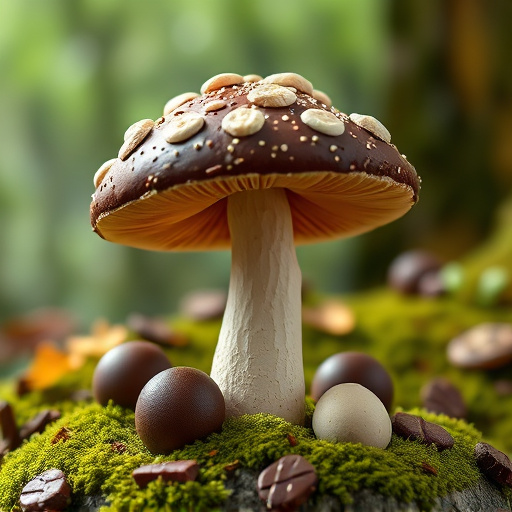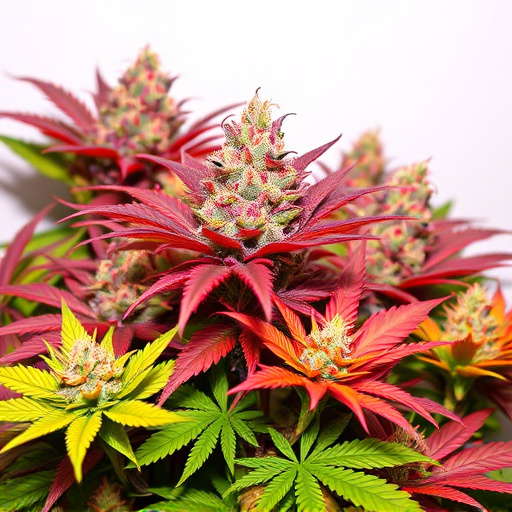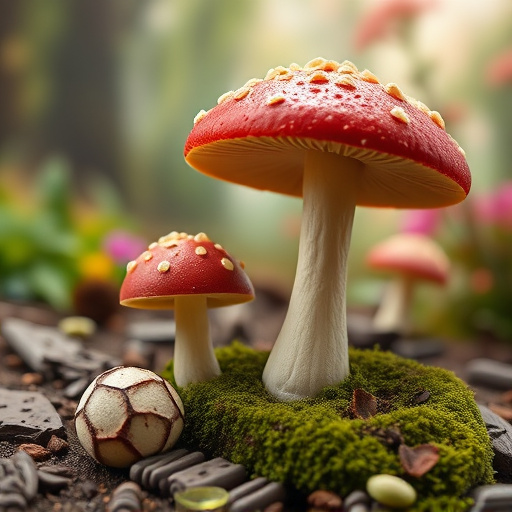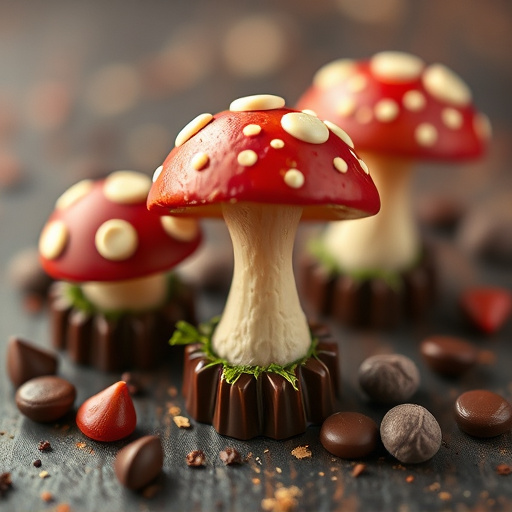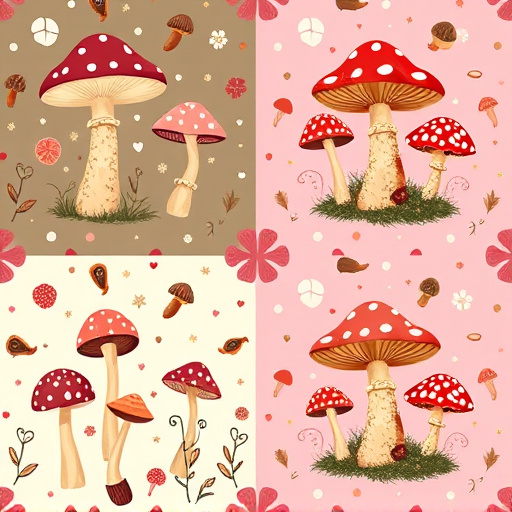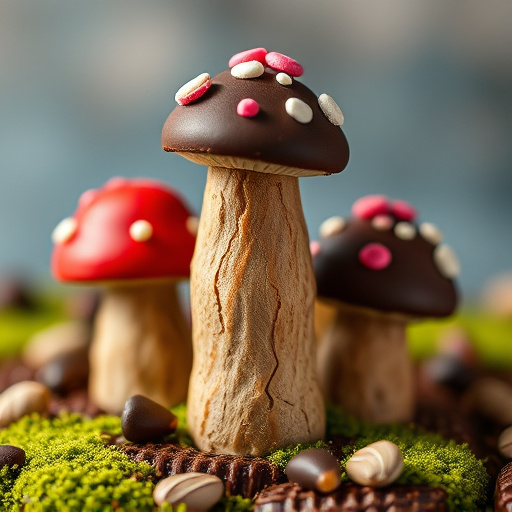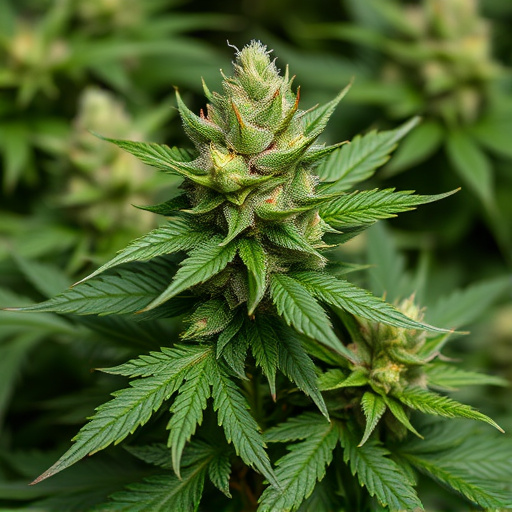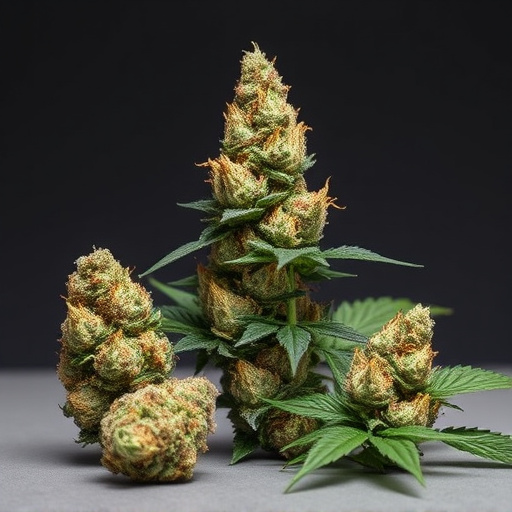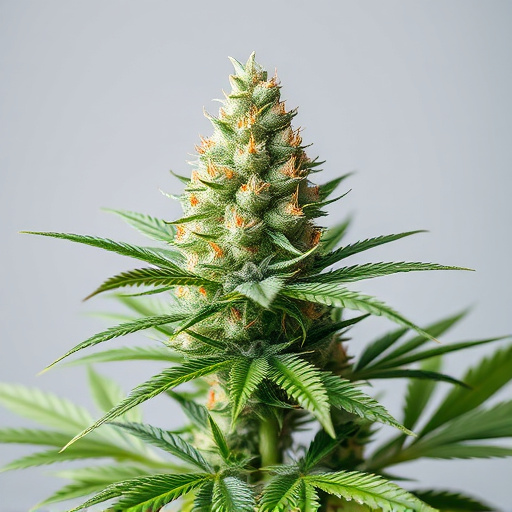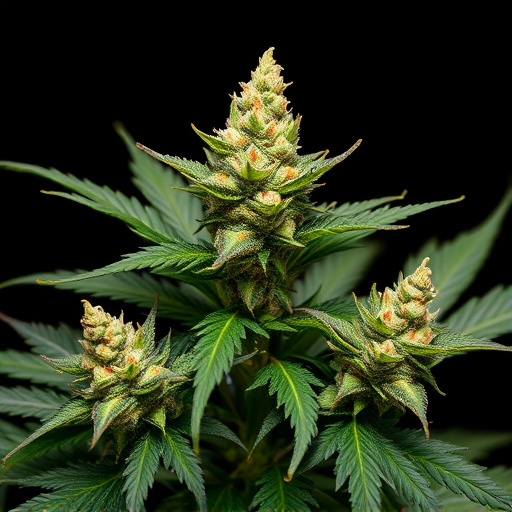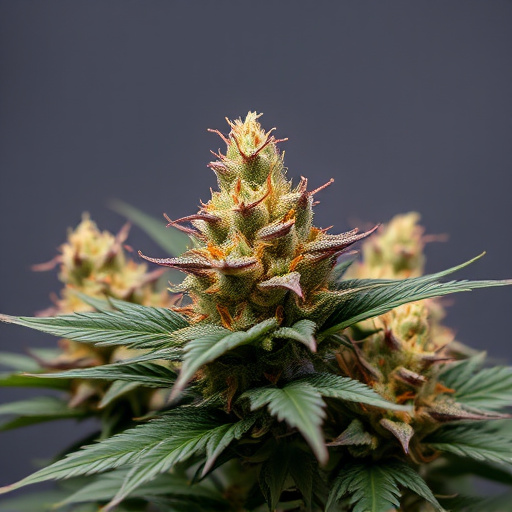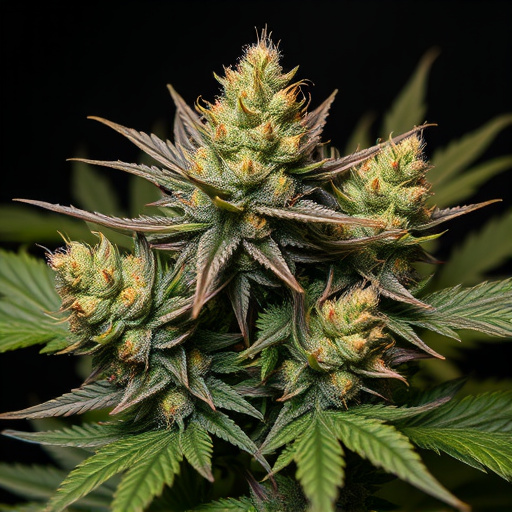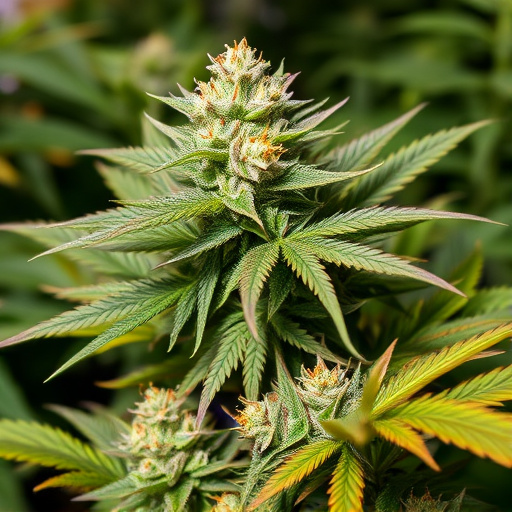Cannabis flowers' complex mix of terpenes and cannabinoids creates varied effects. Indica dominant strains, high in THC, offer relaxing sedative properties ideal for stress, anxiety, and sleep. Sativa varieties, richer in CBD, provide energizing sensations for pain, inflammation, and neurological conditions. This guide explores indica's unique characteristics, potential benefits, and types to help users navigate and select the perfect strain based on personal responses influenced by genetics and biology.
“Unraveling the diverse effects of cannabis flower is a complex yet intriguing journey. This article delves into the comprehensive overview of how different strains, particularly indica dominant varieties, impact users uniquely. While cannabis has gained popularity, understanding individual responses is key. From relaxation to stimulation, various factors influence one’s experience. Explore the intricate relationship between genetics, potency, and personal biology as we uncover the reasons behind varying effects, especially within the realm of indica-dominant strains.”
- Understanding Cannabis Flower Effects: A Comprehensive Overview
- Indica Dominant Strains: Unique Properties and User Experiences
- Individual Variations: Factors Influencing Cannabis Response
Understanding Cannabis Flower Effects: A Comprehensive Overview
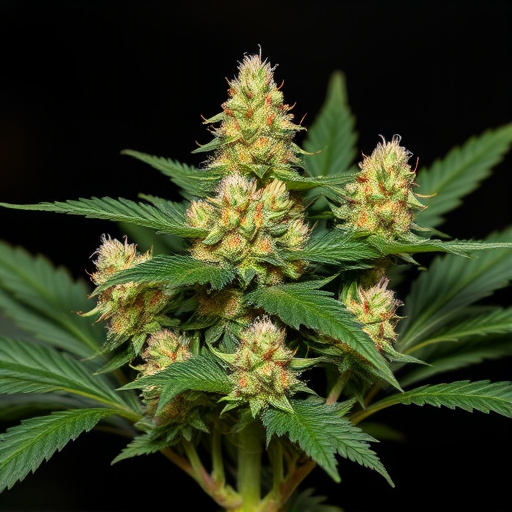
Cannabis flowers offer a diverse range of effects due to their complex chemical composition, with terpenes and cannabinoids playing key roles. Understanding these interactions is crucial for consumers to make informed choices based on personal preferences and desired outcomes. Indica dominant strains, known for their relaxing and sedative properties, tend to be higher in cannabinoids like THC, particularly tetrahydrocannabinol (THC), which is responsible for the plant’s psychoactive effects.
These strains are often sought after by individuals looking to alleviate stress, anxiety, and sleep issues. Conversely, sativa dominant varieties, characterized by their energizing and uplifting effects, typically have higher levels of cannabidiol (CBD), a non-intoxicating compound known for its potential therapeutic benefits in managing pain, inflammation, and certain neurological conditions without the mental impairment associated with THC.
Indica Dominant Strains: Unique Properties and User Experiences
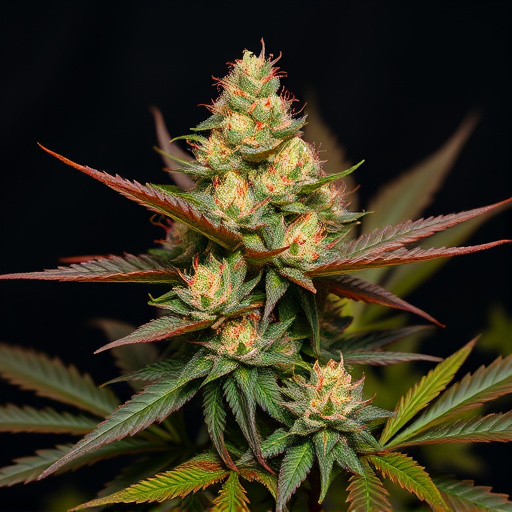
Individual Variations: Factors Influencing Cannabis Response
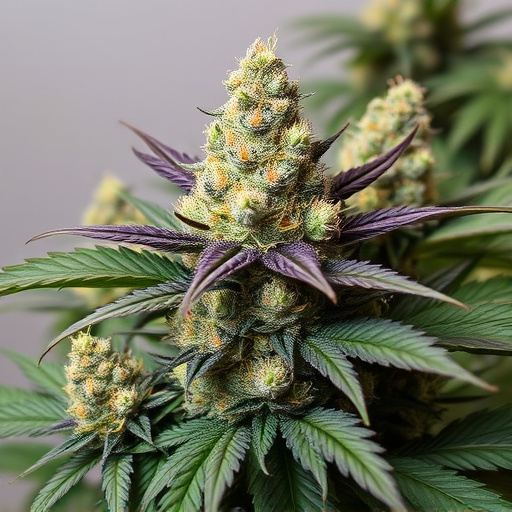
Cannabis flowers, with their diverse compounds and terpene profiles, affect individuals uniquely. This variability stems from several factors, including genetics, biology, and personal experiences. Some people may experience heightened creativity and relaxation after consuming cannabis, while others might feel more energized or even anxious. For instance, indica dominant strains, known for their sedative effects, can induce profound relaxation and aid sleep for some users. However, they might leave others feeling sluggish or unmotivated.
Individual differences in neurotransmitter systems, endocannabinoid levels, and overall brain chemistry play significant roles in determining how one responds to cannabis. Age, gender, weight, and general health also contribute to these variations. Understanding these factors can help users make informed choices about strain selection and consumption methods, ensuring a more personalized and enjoyable experience.
Cannabis flower’s effects vary greatly from person to person, with individual responses influenced by factors like tolerance, mood, and overall health. While understanding general trends, such as the unique properties of indica dominant strains, is beneficial, it’s crucial to recognize that every user has a distinct experience. Recognizing these individual variations allows for a more personalized approach to cannabis consumption, ensuring users can find strains and methods that align with their specific needs and preferences.
